What Prophix Performance Management Software Does for Companies’ Finance Departments
What Prophix Performance Management Software Does for Companies’ Finance Departments
Prophix performance management software is used by companies for managing processes in their finance departments.
Corporate performance management software has mostly been used by larger firms, but medium-sized companies have in recent years realised the value of corporate performance management and the measurement thereof.
However, with it being rather new to their IT professionals, CPM is often misunderstood as being part of business intelligence. As such, they believe that if they already have BI systems in place, then CPM solutions are unnecessary. By clarifying what corporate performance is, it will be possible to see how Prophix performance management software can benefit the finance departments of medium-sized companies in South Africa.
What is CPM?
It is the overall term to describe the metrics, systems and processes in place for monitoring and managing business performance. It includes components such as planning and forecasting, financial consolidation, strategy management, and financial and management reporting. Functionalities include, for instance, monthly and rolling forecasts, statutory reporting, cost analyses, KPIs, scorecards, and more.
CPM thus entails the above aspects of business management, but it also entails the software that helps the employees perform the above functions. Prophix performance management software is an example of such a solution.
The above functionalities are performed by the finance department and are repeatable processes. With these functions being analytical, rather than transactional, it goes without saying that the company cannot use the same software used for invoice creation or payroll management as for corporate performance management. CPM software enables the automation of these functionalities, which in turn, helps with faster decision-making and improved performance management.
Why CPM is Essential
In the past, the finance departments relied heavily on spreadsheet models for the analysis function. However, spreadsheets have limited capacity and with the modern business environment being rather complex, it is essential to perform analyses on more aspects, such as inventory levels, product lines and more, in order to stay competitive. With an overload of data, such analysis is simply not possible in limited timeframes using spreadsheets, and this is why it is essential to use corporate performance management software specifically designed for the purpose.
Few departments were involved in the planning, finance and reporting functions in the past. However, in the modern business world, these functions are more collaborative, and this means more people are involved. As such, information must be made available to more people, and proper workflow management is essential, especially in tracking the movements of sensitive information.
It is thus essential for the finance department to strike a balance in disseminating information and handling analysis functions in collaboration with other departments.
In the past, CPM was expensive and as such, only the larger corporations could afford to implement it. Thanks to information technology developments, it is now possible for smaller and medium–sized companies to also implement CPM effectively using affordable and scalable Prophix performance management software. Prophix offers a low-cost model, due to internet technology being used to deliver the services. The savings gained are given through to the clients, thus making CPM affordable. Prophix performance management software is a fully integrated solution which means that the client has all the functionalities needed in a single solution. This, in turn, means lower cost of installation, quicker deployment, lower maintenance costs, and also lower cost to company when it comes to the training of personnel in using Prophix.
How CPM Benefits the Finance Department
The time needed to perform the CPM functions and processes is reduced considerably. It doesn’t, however, mean that employees will lose their roles. They are essential because they bring the decision-making factor. The Prophix performance management software, however, improves accuracy and reduces time spent on the various functions. As such, the employees have more time to analyse the figures, and this also means that they have less pressure and don’t have to spend time on repetitive tasks. The company thus gets more value from its qualified employees.
Make use of our expert guidance and professional assistance in helping your company implement and improve its CPM using Prophix performance management software. Unlike many other CPM packages which are customisable, Prophix performance management software is installed by professionals such as KPI Management Solutions, to ensure optimal configuration of the software in order to perfectly suit the client’s functionality requirements.


